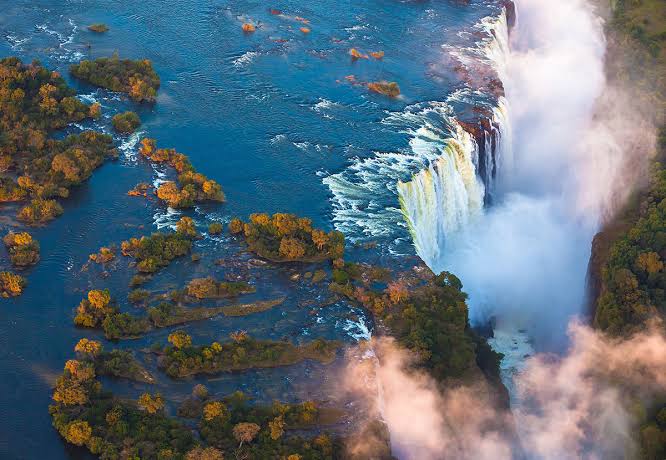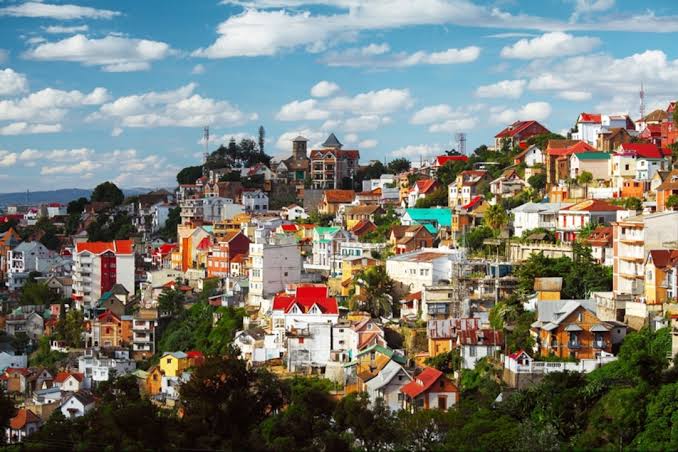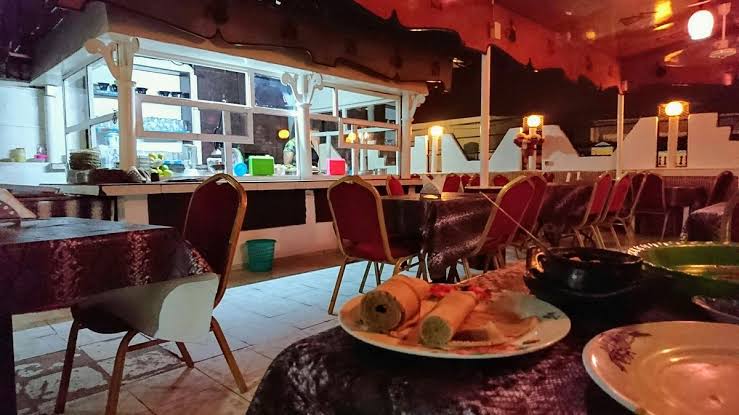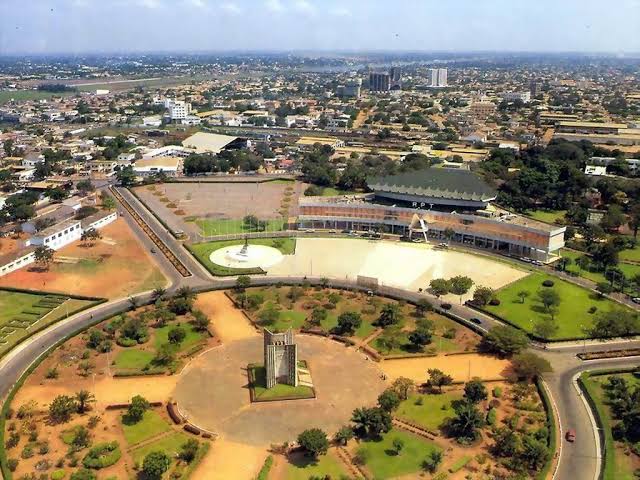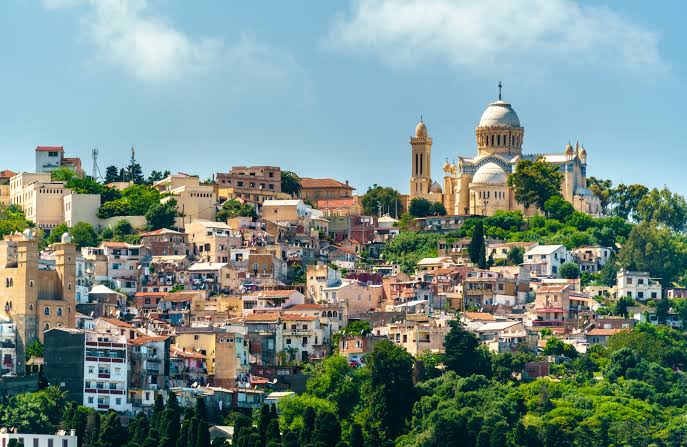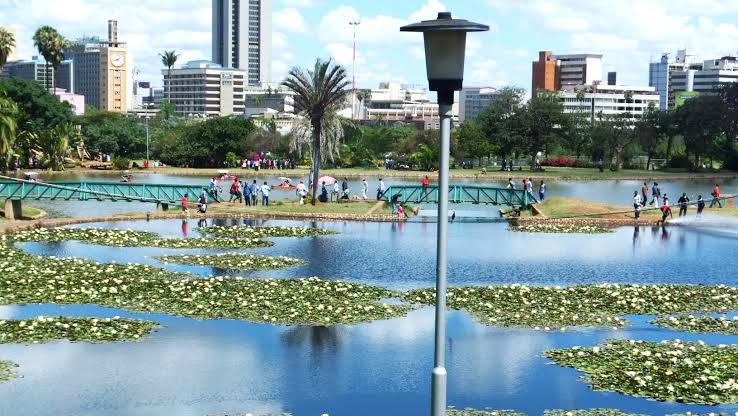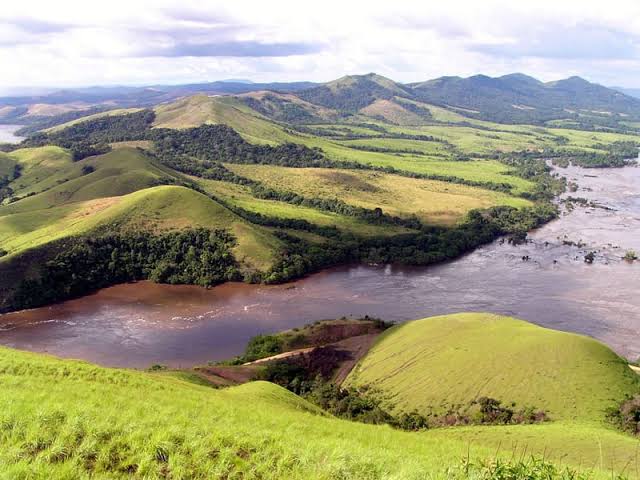Due to the Namib Desert, which is the earliest desert on the planet, Namibia has one of the lowest population densities on the planet.
Namibia’s landscapes and scenery are among the most breathtaking you will ever behold due to its arid gravel plains, mountainous topography, and enormous sand dunes, some of which are the tallest in the world.
Certain regions of this enthralling nation will even make you feel as though you have arrived on Mars.
Namibia’s self-drive vacation options are exceptional for independent travelers, whereas its infrastructure and well-marked highways provide an ideal setting for wildlife enthusiasts to embark on a safari.
Honeymoon accommodations that are remote, opulent, and exclusive are ideal, while families with children will appreciate Namibia’s welcoming, functional, and secure environment.
Top 10 BEST DESTINATIONS IN NAMIBIA YOU NEED TO VISIT
1. Sossusvlei
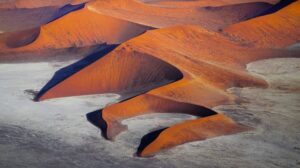
The Sossusvlei sand dunes, situated in the Namib Desert, are frequently touted as the tallest dunes globally.
Sossusvlei, which is located in the largest conservation area in Africa, Namib-Naukluft National Park, is one of the most spectacular sites in Namibia and provides exceptional photographic opportunities, particularly at dawn and dusk.
Why you should visit
- Explore the hauntingly lovely Deadvlei, also known as the “dead marsh.”
- Climb Big Daddy or Dune 45 (approximately 1,150 feet or 350 meters).
Embark on an arid hot-air balloon safari.
Considering the potential for significant crowding in the dunes surrounding Sossusvlei, we recommend consulting with one of our Africa Safari Experts for guidance on how to circumvent the commotion.
Top 10 BEST DESTINATIONS IN NAMIBIA YOU NEED TO VISIT, READ MORE BELOW;
2. Etosha National Park
Northern Namibia’s Etosha, regarded by many safari enthusiasts as one of the greatest wildlife sanctuaries in Africa, is a self-driver’s paradise owing to its excellent roads.
It encompasses an area of 22,270 square kilometers (8,600 square miles) and is home to an abundance of plains game, giraffe, and cheetah, in addition to four of the Big Five (elephant, rhinoceros, lion, and leopard).
Etosha derives its name “Great White Place” from the fact that Etosha basin, a four-times-the-size-of-Los Angeles mineral basin, dominates the region.
The dry season in Namibia, which lasts from May to October, is when the temporary water holes surrounding Etosha Pan are teeming with wildlife; this is without a doubt the most favorable period to go on safari in Namibia.
Top 10 BEST DESTINATIONS IN NAMIBIA YOU NEED TO VISIT, READ MORE BELOW;
Why you should visit
- A prime location in Southern Africa for cheetah and black rhino sightings.
- Captivating wildlife viewing from May to October Superior lodging in private reserves adjacent to the reserve.
Top 10 BEST DESTINATIONS IN NAMIBIA YOU NEED TO VISIT, READ MORE BELOW;
3. Damaraland
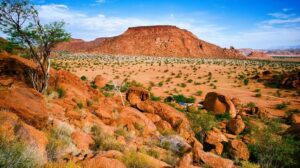
Damaraland, another arguably the most picturesque region in Namibia, is a vast, untamed, and ruggedly gorgeous area.
Those with a penchant for adventure will find this phenomenal hinterland to be an unparalleled experience.
Granite hills, deep gorges, and prehistoric waterways interspersed with grasslands and expansive plains are all that are encountered in Damaraland.
A dramatic transformation in topography occurs towards the west, where the Skeleton Coast connects the turbulent Atlantic Ocean with infinite sandy wastelands.
Damaraland harbors an assortment of extraordinary fauna that have adapted their ways of life to thrive in one of the most hostile environments on the planet.
This area is home to small populations of oryx, springbok (gazelle), desert-adapted elephant, black rhino, giraffe, ostrich, and ostrich. In search of food and water, desert-adapted elephants can traverse the desert at a rate of up to 70 kilometers (40 miles) per day. In contrast to their savannah relatives, these elephants refrain from felling trees in their quest for sustenance.
Emphasis on The Brandberg
The fire mountain, which stands at an elevation of 2,573 meters (8,440 feet), is the tallest point in Namibia. Its appellation derives from the visual impact of the setting sun on its western aspect, which imparts the appearance of a combustible slag mound.
Considrous of the renowned ‘White Lady’ and housing among the most extensive collections of ancient rock paintings in the world, The Brandberg is regarded as the largest outdoor art gallery in Africa.
Additionally, the region is home to several archaeological sites and an intriguing assortment of uncommon plant species.
The neighborhood of Twyfelfontein
Twyfelfontein, which translates to “doubtful fountain,” is one of the largest and most significant concentrations of rock art in Africa and a World Heritage Site containing approximately 2,000 ancient rock engravings and images.
An exploration of this captivating valley will unveil artistic creations crafted by San hunters during the early Stone Age.
During this prehistoric era, the San people, who are members of various indigenous hunter-gatherer groups and the first nations of Southern Africa, were probably attracted to the region’s only perennial spring.
The Petrified Woodland
This artifact from antiquity is situated in the southern region of Damaraland, an area characterized by significant volcanic activity.
Approximately two hundred thousand years ago, enormous tree trunks were deposited in fertile alluvial soils after being swept down ancient rivers.
The fossilization of these tree trunks occurred via the silicification process, which converts wood into stone. The region is currently adorned with numerous enormous timbers that have been exposed by erosion.
Pipes of an Organ
Additionally well-known in Damaraland is the Organ Pipes, which consist of a succession of distinctive dolerite pillars.
The Organ Pipes, situated in close proximity to Twyfelfontein, were generated via the intrusion of liquid magma into a slate rock formation approximately 150 million years ago.
Top 10 BEST DESTINATIONS IN NAMIBIA YOU NEED TO VISIT, READ MORE BELOW;
4. Hispania of the Kaokoveld
Kaokoveld, one of the last remaining wilderness areas in Southern Africa, is a ruggedly beautiful, unearthly mountainous landscape. The area serves as a sanctuary for desert-adapted elephants, black rhinoceroses, giraffes, oryxes, and even lions, similar to Etosha.
Uninhabited, vast, and predominantly silent, Kaokoveld is an off-the-beaten-path destination that is most effectively explored via air.
A mere one individual per two square kilometers (0.8 square miles) is residing in Kaokoveld, and the Himba, a semi-nomadic and pastoral people renowned for their adaptability to arid and harsh environments, make up about one-third of the region’s inhabitants.
RELATED POSTS BELOW!!!
Top 10 Tourist Attractions in Rwanda
Best Restaurants in Djibouti City
Why Go Explore one of the last unspoiled wilderness regions in Southern Africa
Monitor lions, black rhinos, giraffes, and desert-adapted elephants, which are all uncommon species.
Cultural exchanges with the indigenous Himba
It is highly recommended that you seize every opportunity to engage with wildlife researchers at the Hoanib Research Centre and the Giraffe Conservation Foundation, with a particular focus on those who are investigating the desert-adapted lion.
Top 10 BEST DESTINATIONS IN NAMIBIA YOU NEED TO VISIT, READ MORE BELOW;
5. Skeleton Coast National Park
The Skeleton Coast, a mysterious location where the dunes of the world’s oldest desert converge with the turbulent Atlantic Ocean to create one of the most spectacular coastlines, is commonly linked to renowned shipwrecks and tales of sailors who wandered hundreds of miles in pursuit of food and water.
It was referred to as “The Gates of Hell” by Portuguese explorers and “The Land God Made in Anger” by the San Bushmen. However, the name is thought to have originated from the numerous bones that littered the beaches, which were remnants of former whaling and seal expeditions.
Shipwreck Lodge, an exclusive establishment, is the sole property located within Skeleton Coast National Park. Follow desert-dwelling animals on 4×4 excursions, or investigate the wreckage of ships that perished in the Skeleton Coast’s shifting sandbanks, dense fog, and perilous currents via guided beach walks.
Why you should visit
- The Importance of 4×4 Safaris in the Hoanib River Delta and Namib Desert
- Observe enigmatic desert-adapted lions, desert-dwelling elephants, and brown hyenas.
- Observe the abundant birdlife, which includes nearly 250 species.
